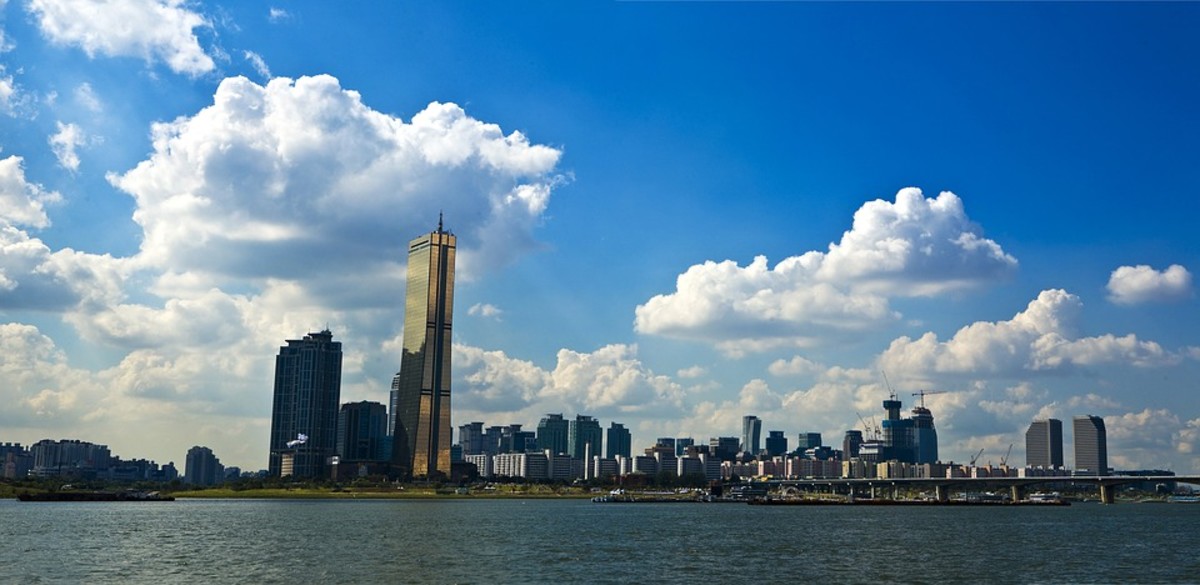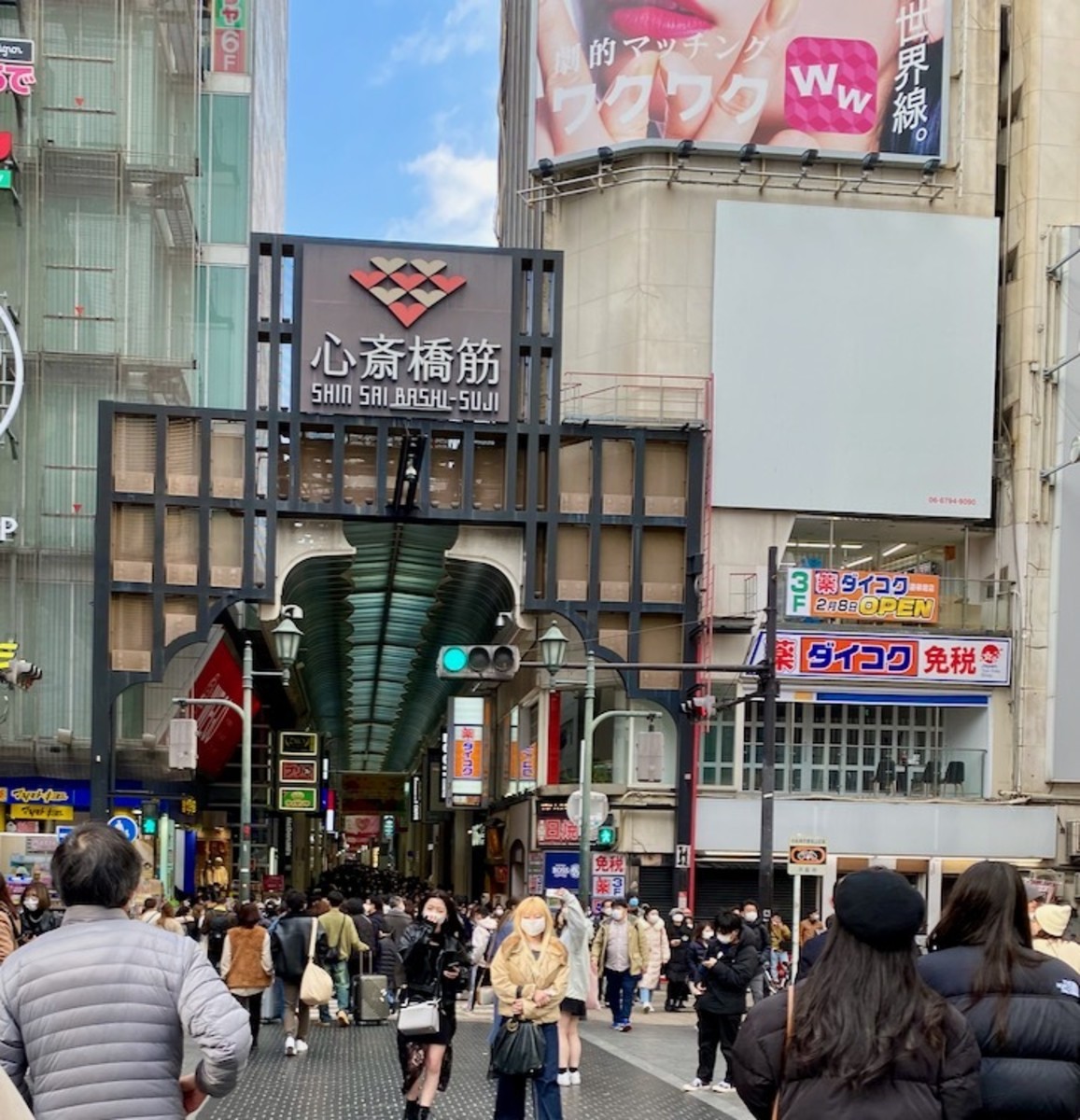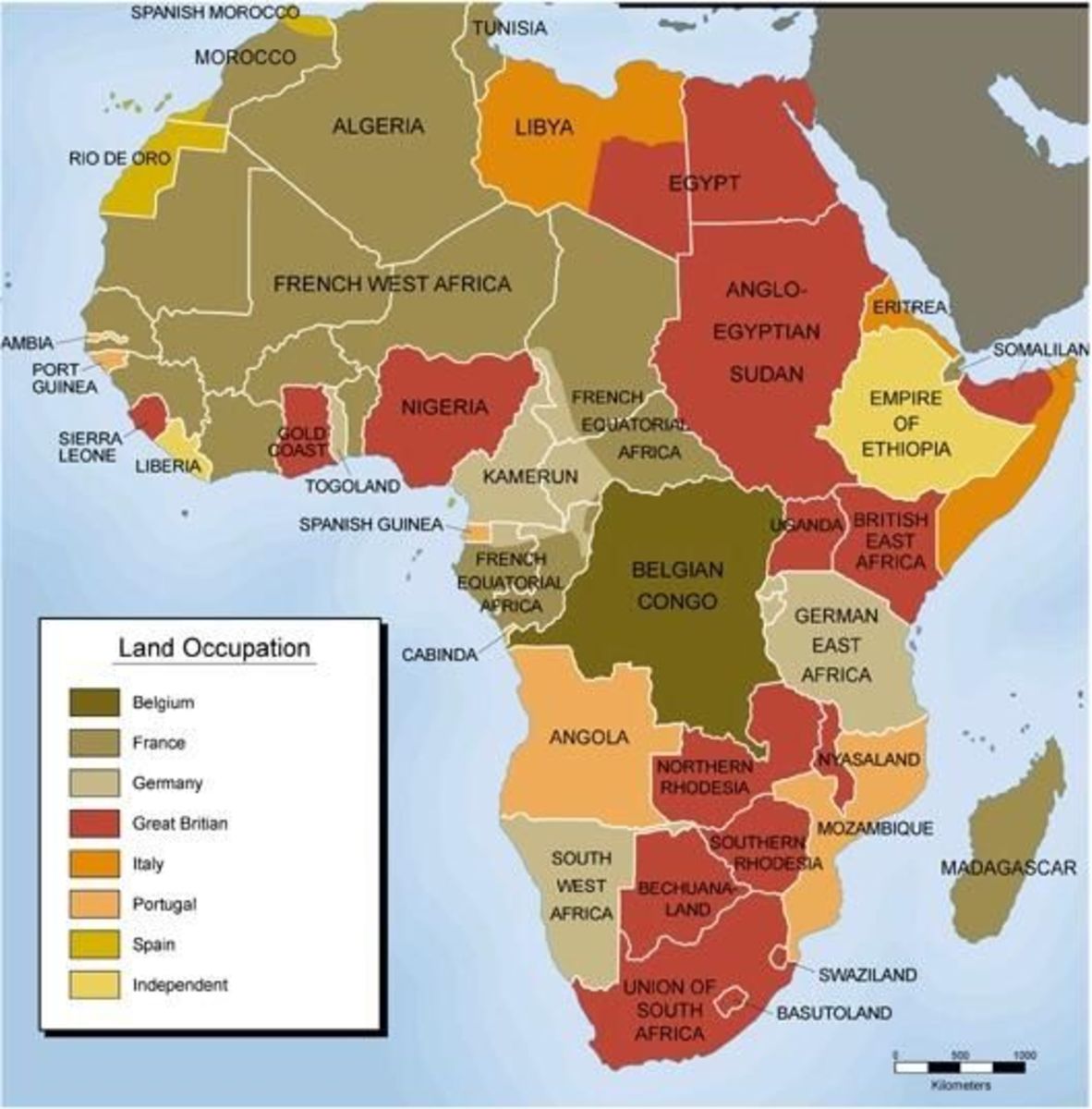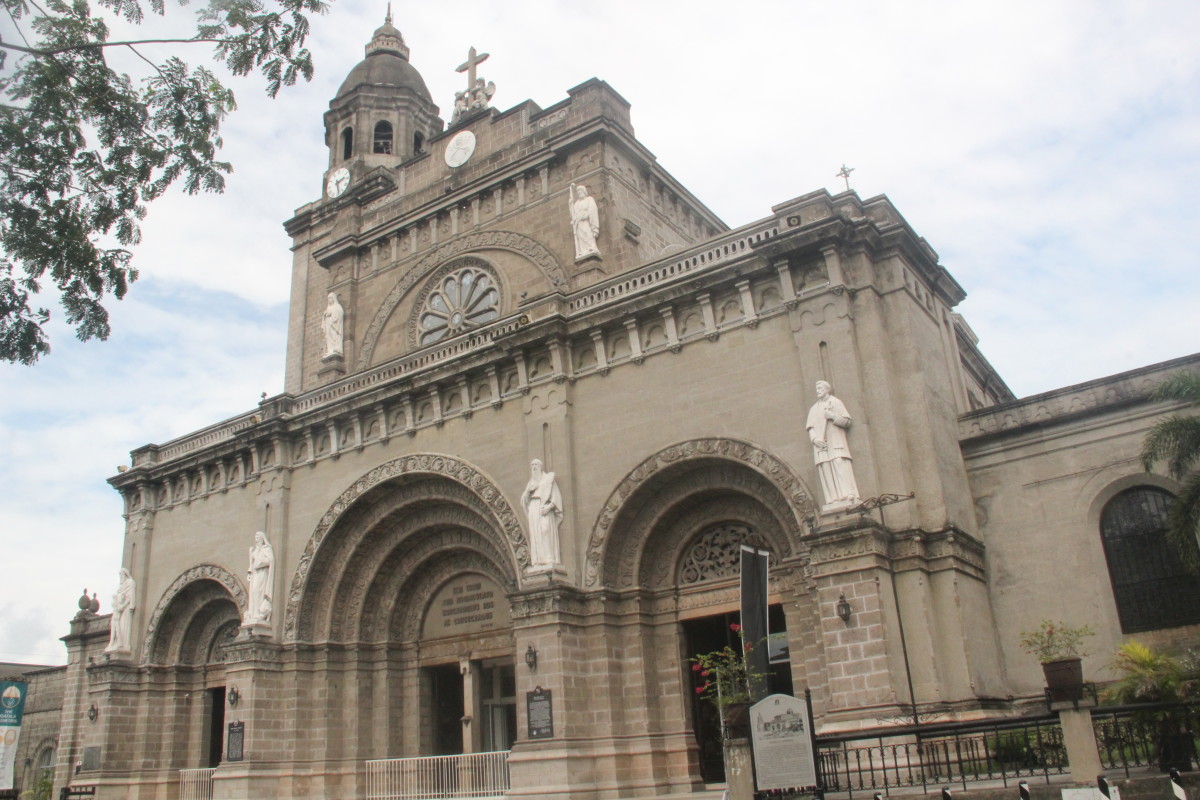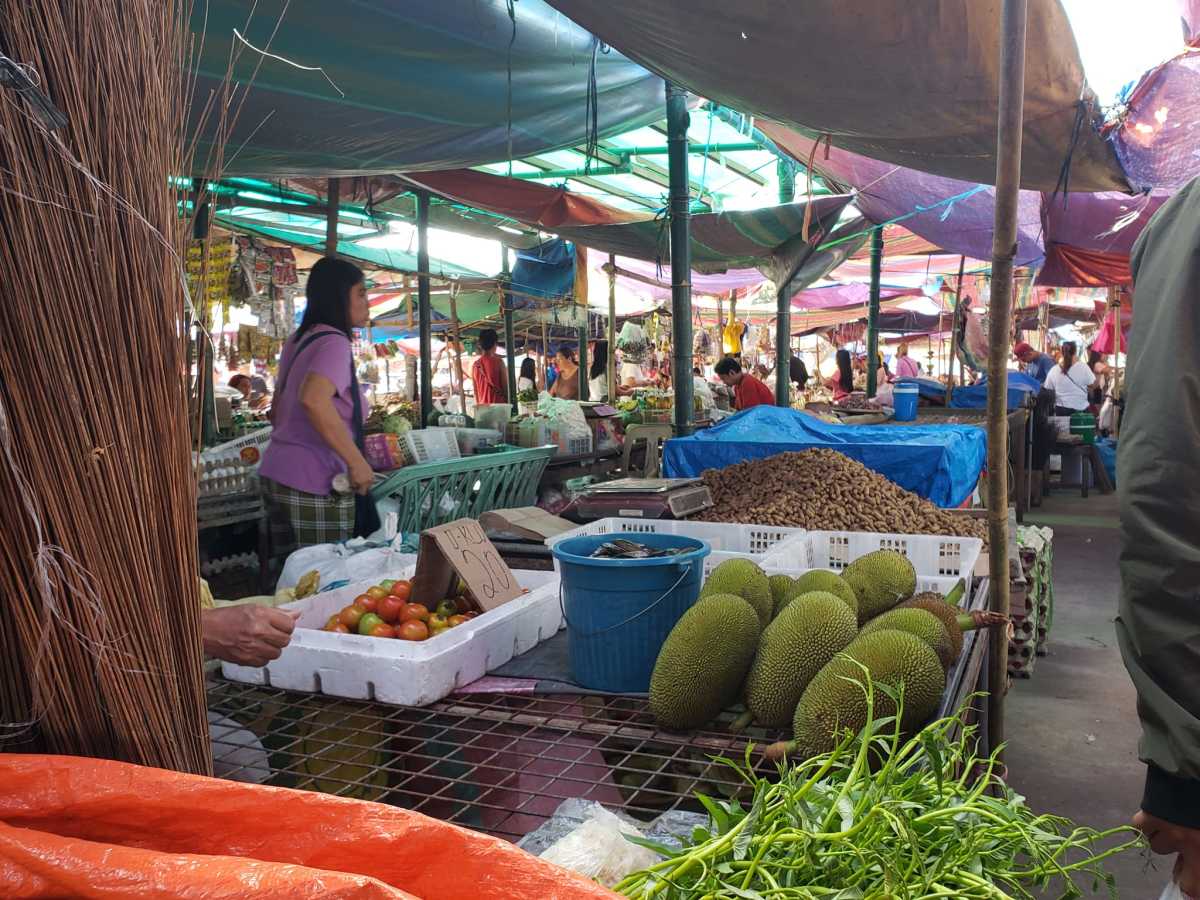- HubPages»
- Travel and Places»
- Visiting Asia»
- Southeastern Asia
Examining the Recent Tourism Surge to the Philippines
Introduction
Tourism to the Philippines is growing at a fast clip, and it is now attracting tourists from more nations and in greater numbers. Let’s examine the reasons for this recent tourism surge to the Philippines.

Economic Changes
The spike in gas prices hit in 2011 and 2012, tourism declined due to the increase in travel costs. The decline in gas prices since 2014 has allowed tourism to grow again, and it is rapidly increasing in the developing world as many people move into the middle class and can afford to travel.
The Philippines in particular is seeing 7% annual economic growth, attracting many of its expatriates to return home while its booming real estate and improving amenities lure tourists from surrounding Asian nations. Expansion of low cost airlines into Asia like Cebo Pacific and Jetstar also make international tourism a possibility for far more people in East Asia.
New, Good Relations with China
After President Duterte’s visit to China in October, 2016, the improved relations between the two nations resulted in the Philippine embassy in China seeing requests for visas going from 400 to 1400 a day. Around 700,000 Chinese tourists visited the Philippines in 2016, but that number will likely be well over a million in 2017. Just for comparison, 1.4 million South Korean tourists and almost a million Americans visited the Philippines in 2016.
There were already more Chinese tourists visiting the Philippines than Japanese, but the ratio will increase if the spike in Chinese tourism becomes permanent. And Philippines president Duterte welcomes all of them, because they want to attract at least seven million tourists a year. This isn’t an unreasonable goal since around six million visited the nation in 2015.
Regulatory Changes
Japan started to relax its visa policy for Filipinos in 2014. In that year, it had around 100,000 Filipino visitors. After relaxing its visa requirements, it received almost 200,000 Filipino visitors. Filipinos traveling abroad still have to pay a travel tax that nation applies to international travel in order to encourage people to tour sites at home. However, the Philippines is making it as easy as possible for foreigners to visit its nation. Tourism and agriculture were the two top priorities in the 2011 to 2016 Philippine Development Plan.
Why the Philippines Wants to Increase Tourism
Tourism accounted for around ten percent of the Filipino economy in 2015, rivaling money sent home by expatriates as a source of income for the nation. It provides employment for over five million Filipinos and more than 10% of the population; tourism generates both jobs and income in rural areas that may otherwise develop in order to provide a living for the population. For example, the Philippines has become one of the top eight agri-tourism spots in the world according to a 2013 Spire Research report. Agri-tourism is one way to pay for economic development in rural areas without paving them over, though locals benefit from the roads and regular transit that comes with tourists. That is why the government actually passed the Agri-Tourism Promotion Act in 2010, though agri-tourism in the Philippines started as far back as the 1990s.
One of the major draws to the Philippines are the pristine islands and white sandy beaches that don’t see as much traffic or over-built real estate like Hawaii or Tahiti. And biodiversity tourists provide an economic incentive to protect undeveloped pockets of nature. A side benefit of agri-tourism and eco-tourism is creating jobs in rural areas that eliminate the need for people to move to Manila’s slums in search of work.

